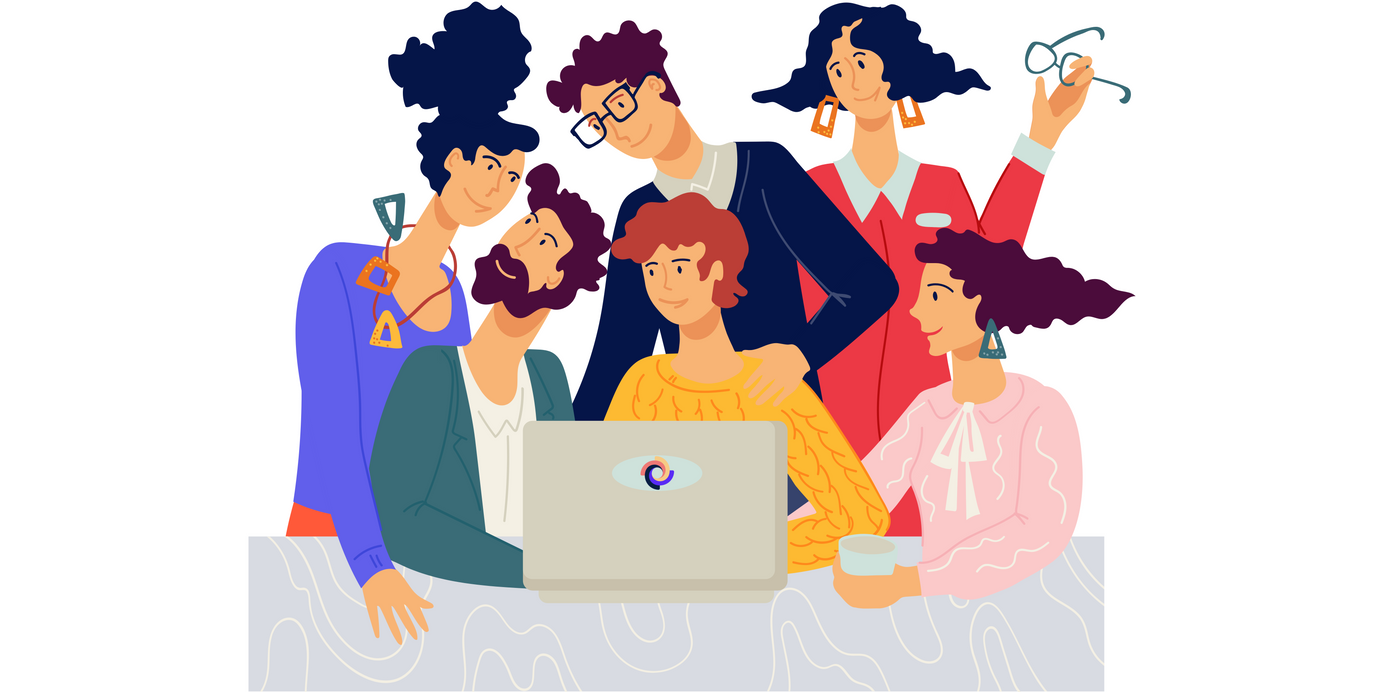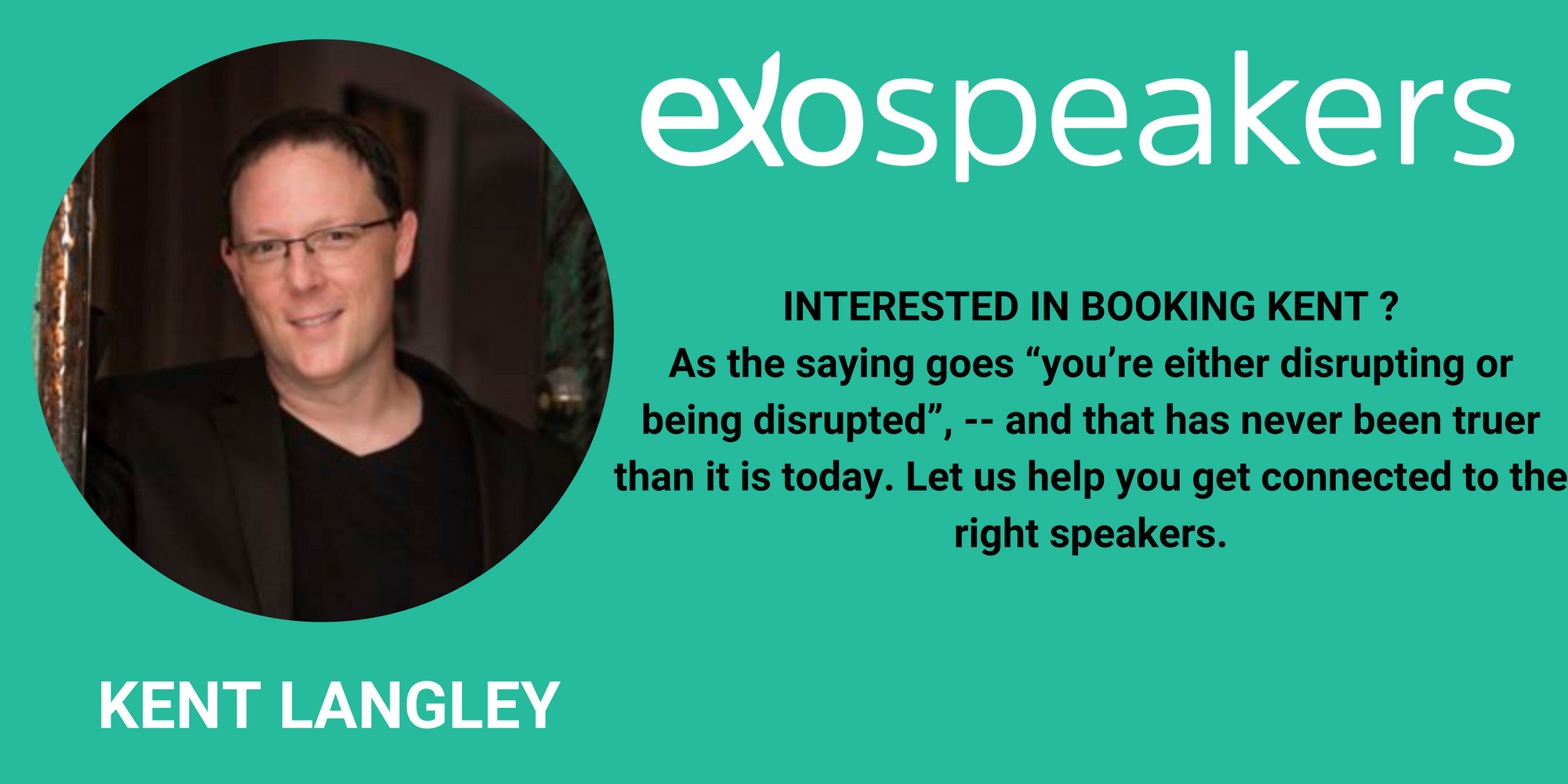
DAO's Are Novel But Not New
Distributed Autonomous Organizations are cooperatives that have been cryptomonetized. Everything else that a DAO does has been done for at least two hundred years.
Distributed Autonomous Organizations are cooperatives that have been cryptomonetized. Everything else that a DAO does has been done for at least two hundred years.
This article is primarily for those trying to understand DAOs, considering building a DAO, or becoming a member of an existing DAO. First, it's good to understand the history, question the structure and motivations, and get some context.
A Journey Through Cooperative Times
In the article from Markets Insider titled, "Mark Cuban predicts DAOs will transform companies. Warren Buffett's Berkshire Hathaway embraced the core ideas behind the latest crypto trend decades ago."
That's right. It's wonderful that mainstream businesses are beginning to open their minds and their wallets to these ideas.
Frederic Lalaoux wrote in his book, "Reinventing Organizations," in 2014 about a type of organization he called Teal that transcended the command and control structures of most organizations.
In 2020 in the book “Corporate Rebels “ by Joost Minnaar that published in 2020, the authors explored with reverence, and with some overlap of Laloux's work, numerous detailed examples of organizations that have truly thought differently and created beautiful decentralized and distributed organizations.
In “Ours to Hack and Own” by Trebor Sholtz, the author detailed much of what it could mean socially to the members of cooperative organizations to adopt such organizational structures.
The Mondragon Corporation in the Basque regions of Spain has been in active operation since 1956. It's one of the most successful cooperatives in history.
In 2018 Japan celebrated the birthday of Toyohiko Kagawa, the father of Japan's cooperative movement. He started Co-op Kobe in 1921, which eventually grew to over 65 million members at $135 billion in yearly turnover.
In 1844 on 21 December, we know the story of the Rochdale Equitable Pioneers Society. Effectively, Rochdale pioneered incentivization, what we often call gamification, and pro-rate profit-sharing mechanisms that are held out today as cutting edge.
In the book, Everything for Everyone, by Nathan Schneider, we learned that the members of Rochdale paid 2 pence per week in a subscription which entitled them to participate in the decision-making process for the organization. But, the truly interesting thing was that as participating members or co-owners, they were entitled to a dividend from the store's profits proportional to how much they had spent. It became known as the patronage dividend.
There are some family cooperative-like organizations in Japan that have been in continuous operations for an unbelievable length of time. The Kongo Gumi has been in operations for 1443 years! It would be a stretch to say it is specifically a cooperative, but it was a family-run business until 2006, when it was acquired. Family-run businesses tend to naturally support cooperative principles but often display less decentralized decision-making in various forms.
Little of the operational aspects of what we now call a DAO are new. What is different is the complete digitization of the cooperative organization, now sometimes called platform cooperatives and the application of blockchain for governance and cryptocurrency for monetary activities. These are the novel aspects and growth accelerants. The relative ease of use and digitization of trust creates a unique kind of organization when properly leveraged.
Understanding the Cooperative Model
The International Cooperative Alliance ("ICA") extended the definition of a cooperative as, "Cooperatives are people-centered enterprises jointly owned and democratically controlled by and for their members to realize their common socio-economic needs and aspirations. As enterprises based on values and principles, they put fairness and equality first allowing people to create sustainable enterprises that generate long-term jobs and prosperity. Managed by producers, users, or workers, cooperatives are run according to the 'one member, one vote' rule."
The more concise definition is stated as, "an autonomous association of persons united voluntarily to meet their common economic, social and cultural needs and aspirations through a jointly-owned and democratically-controlled enterprise."
There are long-standing cooperative business models to learn from and build upon. Most importantly, if you believe you want to build or get involved in a DAO, then you should understand the seven internationally recognized cooperative principles.
Seven Cooperative Principles (inset)
The International Cooperative Alliance ("ICA") defines the seven cooperative principles listed but not detailed here.
1. Voluntary and Open Membership
2. Democratic Member Control
3. Member Economic Participation
4. Autonomy and Independence
5. Education, Training, and Information
6. Cooperation among Cooperatives
7. Concern for Community
*Be sure to visit the ICA site the read the details of each principle.
I propose that these seven principles should be adopted by any newly forming or existing DAO. They are time-tested.
Building a DAO is unlike building any other kind of organization that has ever existed. But, only because of the inclusion of cryptocurrency and the way it leverages the accompanying blockchain technology.
Cryptomonetization of the Cooperative, being DAO
Cryptomonetization is the application of a cryptocurrency in a cooperative organization as a means of exchange, store of value, and unit of account. These three functions or the functions of money.
We have seen many forms of scrip or alternative currency. Even the U.S. Military runs a form for this in their on-base military supermarkets call commissaries and exchanges. The military ID card is a form of discount or payment that offsets the usual marketplace markups one experiences at normal retailers. One might consider their military ID, in this respect, a form of currency subsidizing the usual cost of the acquisition of day-to-day items.
Cities, towns, and organizations have created complementary currencies for ages. One of the more popular examples is the Ithica Dollar which is only valuable inside the town of Ithica, New York for the purchase of goods and services among its residents. This creates a form of civic cooperative.
A complementary currency is not necessarily a cryptocurrency. And, a DAO is not truly a DAO unless it is cryptomonetized. Its native currency must be fungible with other cryptocurrencies and fiat currencies to be fully functional in the global economy.
This interoperability or fungibility is achieved through the listing of cryptocurrency tokens on global exchanges of the centralized and decentralized varieties. This listing process allows any cooperative's native currency to operate on the global playing field with nation-backed fiat currencies and many other cryptocurrencies. This is a relatively new innovation. It is this innovation that marks the clear difference between a cooperative which might leverage its nation's fiat currency or some other cryptocurrency.
A DAO that has its own cryptocurrency trading on global exchanges is cryptomonetized. This means that the ultimate utility of their cryptocurrency is the underlying goods and services provided and traded by the members of the DAO both amongst themselves and with others outside the DAO's membership.
Since the cryptocurrency is a digital asset listed and operating on global exchanges, it has the possibility of growth in value driven by market dynamics. It goes up in value and creates a new form of digital wealth for its holders, as has happened for holders of cryptocurrency such as Bitcoin or Ethereum. Or, it can go down. Ultimately, however, the value floor is set by the willingness of the cooperative's members themselves to trade amongst themselves. The upside potential is driven by the outside-in-demand pressure.
So, when a cooperative manages to cryptomonetize itself and becomes a DAO it creates an opportunity for long-term wealth generation for its members in a way that has not existed before the advent of Bitcoin in 2007. In only 14 years we have seen the rise of an entirely new class of economic assets.
The Possibilities are Enormous
When combined with a long-standing and wildly successful form of business such as cooperatives, we get something unique and powerful.
280 million people across planet earth are members of cooperatives. The top 300 cooperatives collectively generate 2.1 Trillion USD in annual turnover. 12% of the world's population is employed directly by cooperatives. (data sources)
As new cooperatives are born digital and cryptomonetize we should see this continue to grow. There are no reports at this time that I am aware of that track this phenomenon.
In February of 2021, it was estimated by business insider author Harry Robertson that around 106 million human beings globally own or are using cryptocurrency. I suspect this number is low but will have to research further. It's not an easy thing to track much to the growing consternation of the world's central banks and leading global financial powers that be.
A prediction and conclusion
I'd predict that we are at the beginning of a very long term trend that will see the most successful cooperatives cryptomonetize and step up to the plate to play alongside the most successful global economic powers who, for quite some time now, have leveraged the power of money and central banking to rule.
Unfortunately, the powers that be are not well known for giving up those powers easily. On a recent call discussing some of these concepts someone who I'll not name said, "Governments don't need blockchains and crypto, they have guns to get what they want."
We are at an epoch in history where human potential can shine in ways never possible before due to the advancement of technologies like blockchains and organizational systems like cooperative governance models. My colleague who made that statement about guns and government was not meaning it in a dark way. But, sometimes, it's not hard to think darker thoughts, like that one he shared. However, I choose to think positively and aim for a bright future leveraging technology for the maximum development of that human potential.
Never stop experimenting.
This article is Part 2 of a planned series on Distributed Autonomous Organizations
Part 1 - Distributed Autonomous Organizations, A Primer
Part 2 - DAO's are Novel but Not New
ExO Insight is a written word publication for exponential insights from thought leaders including members of our OpenExO community. We tell stories of transformation while hoping to inspire and drive change in the world for positive impact. If you don't want to miss an article, be sure to subscribe here.

ExO Insight Newsletter
Join the newsletter to receive the latest updates in your inbox.








